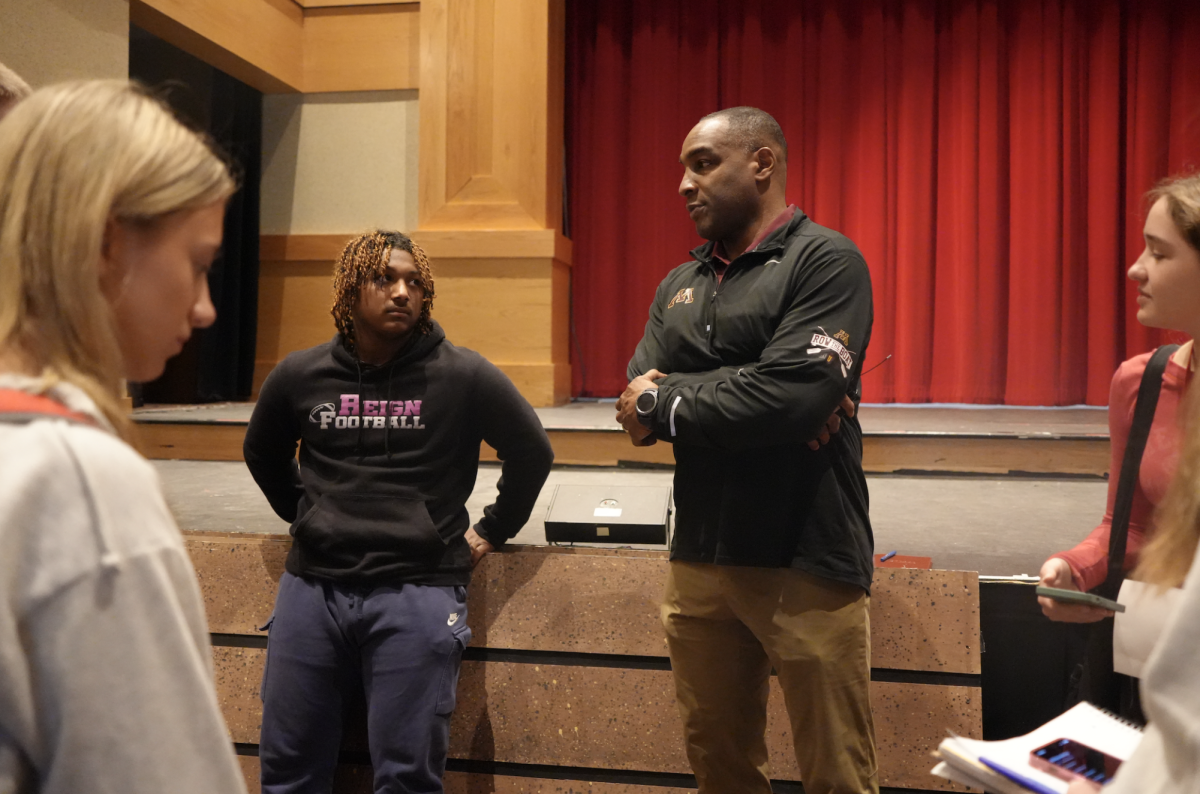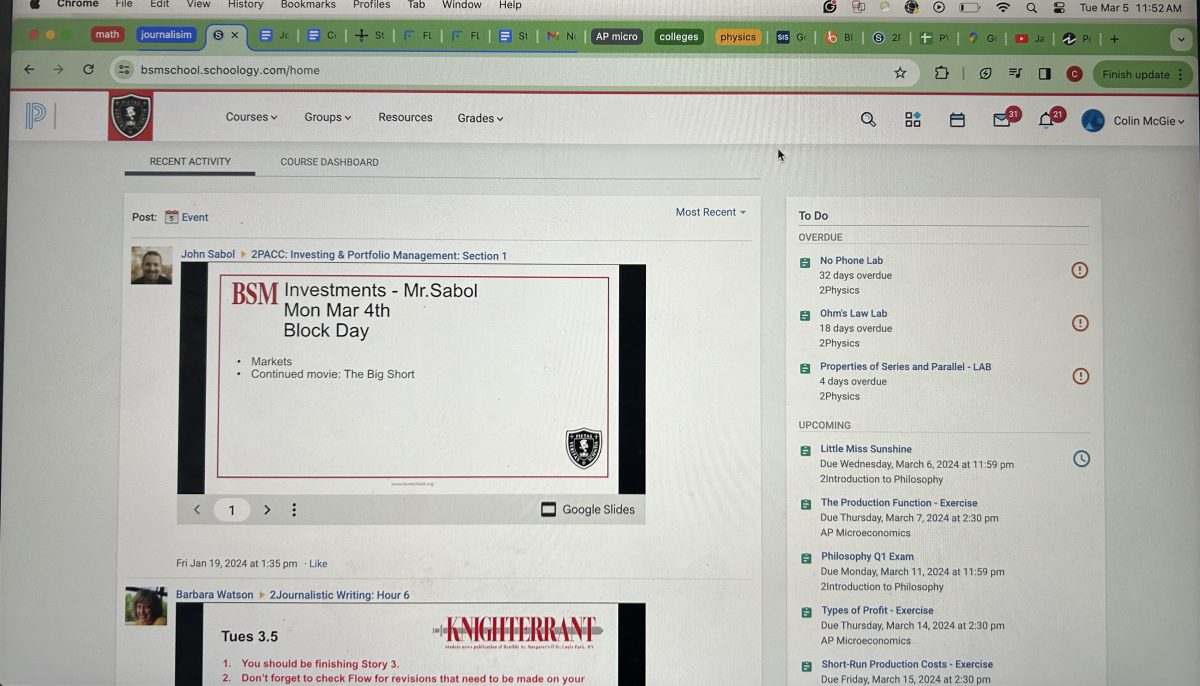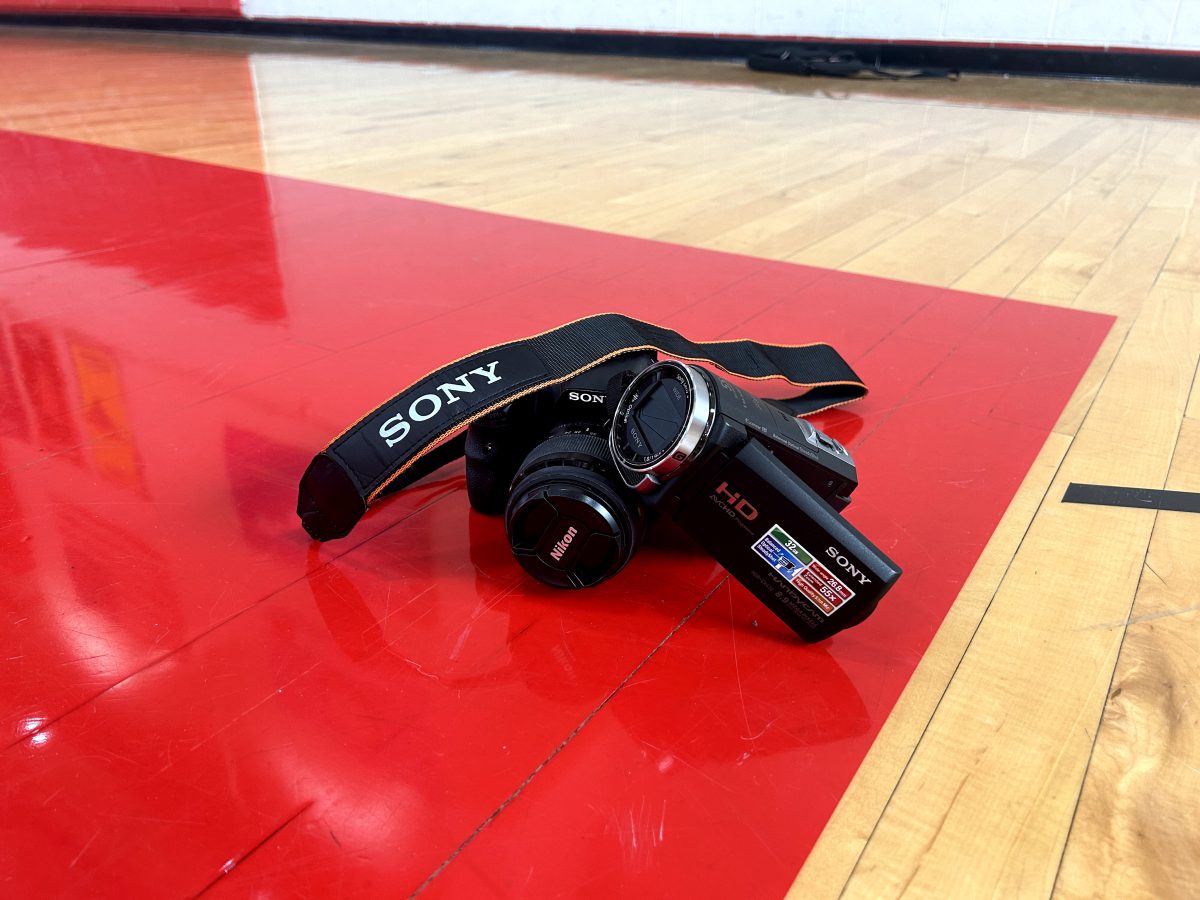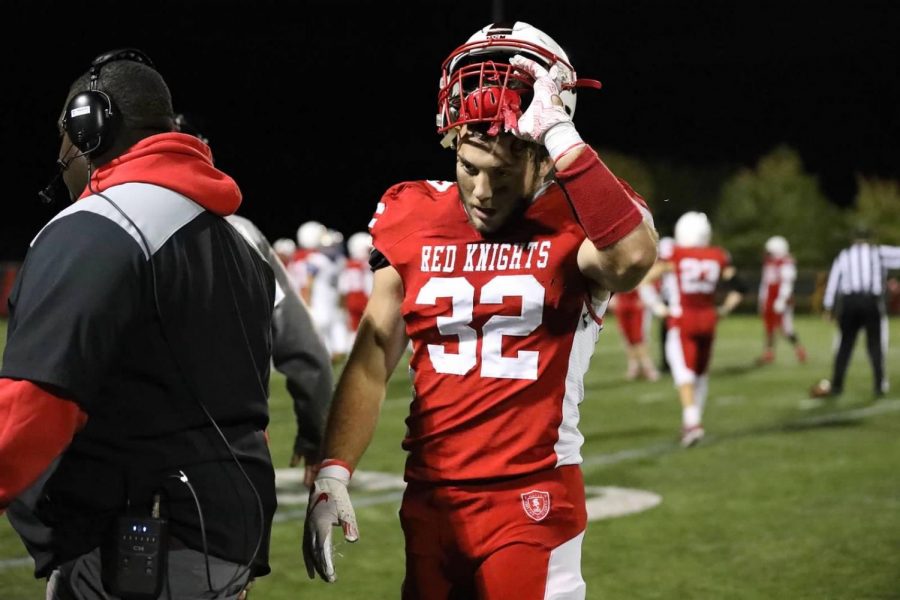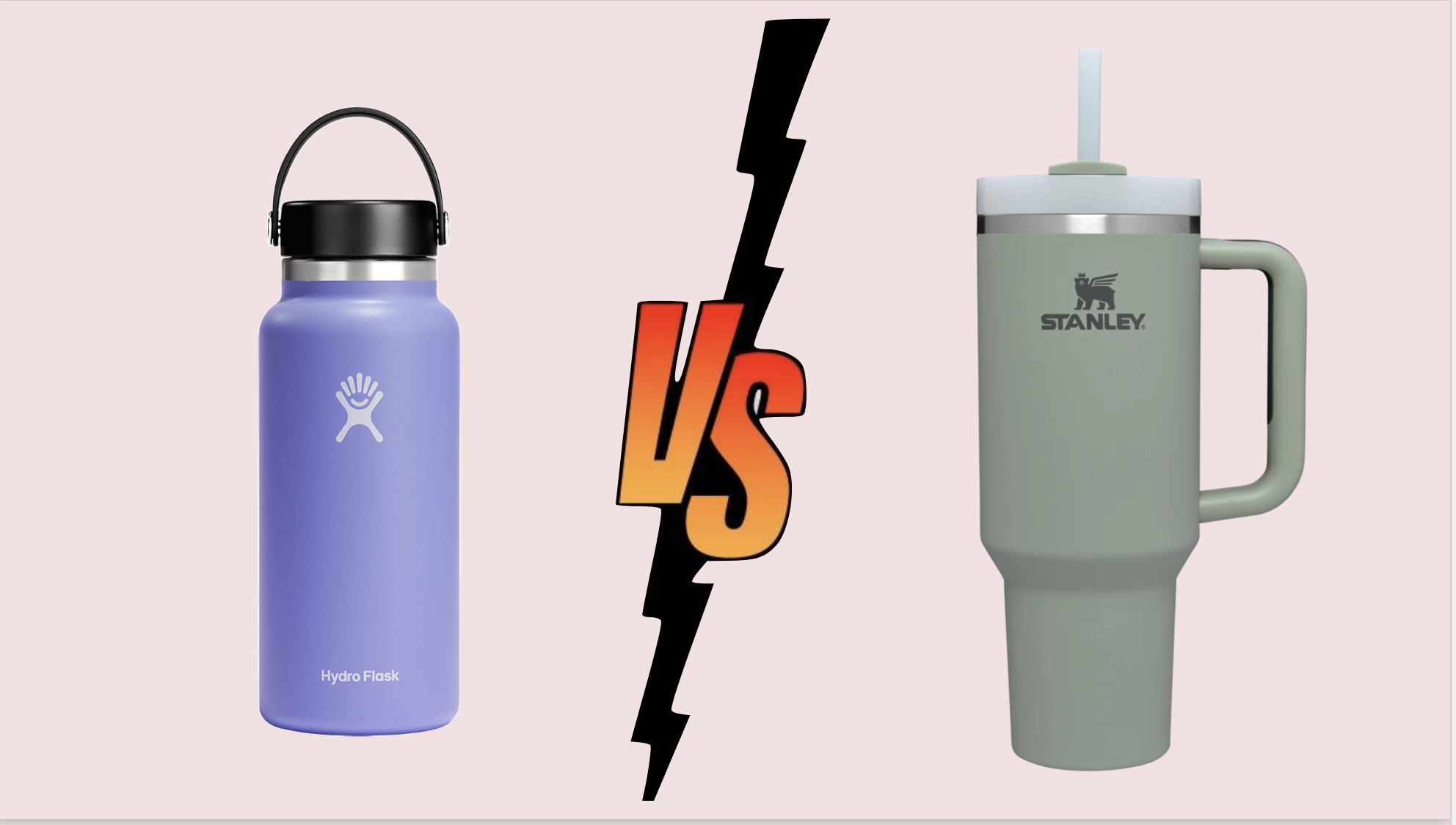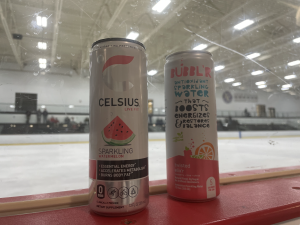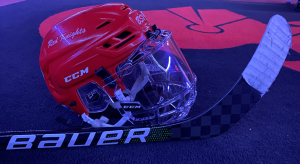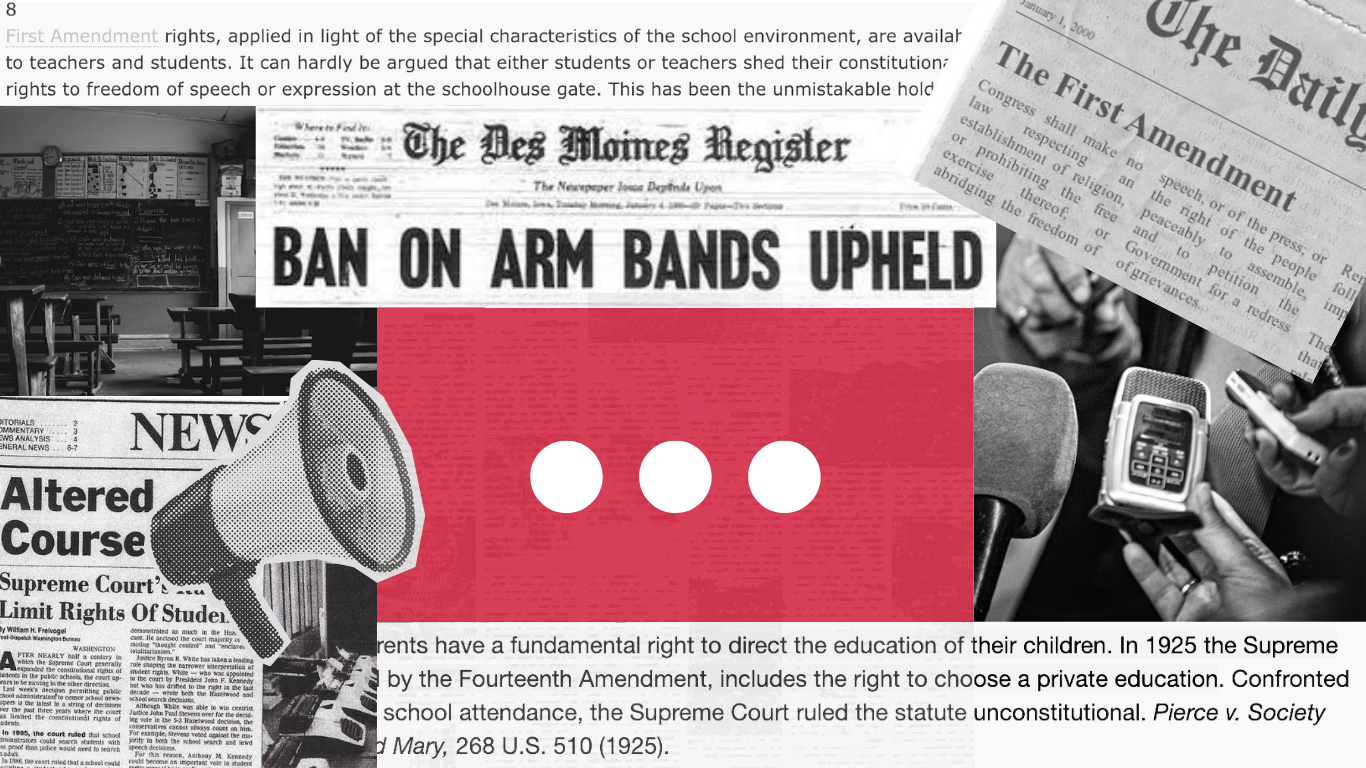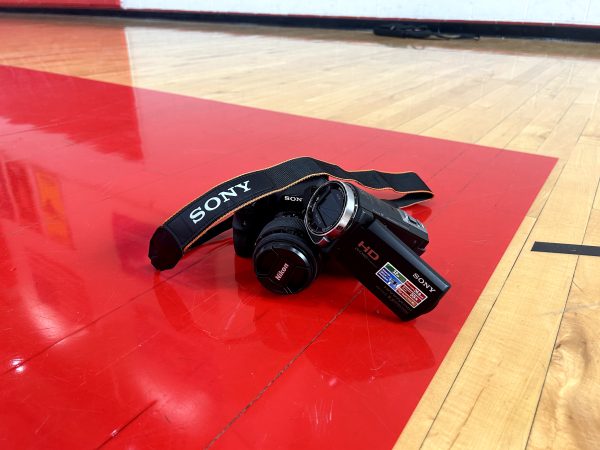A common injury spreads across BSM athletes
Senior Luke Mathwig tore his labrum, which resulted in him missing 3 games.
January 24, 2020
The infamous torn labrum is one of the most common injuries here at Benilde-St. Margaret’s. The labrum is a cup-shaped rim of cartilage that reinforces the ball and socket joint of the shoulder. It is an attachment site for tendons and supports the joints, muscles, and rotator cuff. It is used for stability and keeping the shoulder in place. When labrum tendons tear, it can cause a lot of pain and puts athletes at risk for a partial or full shoulder dislocation.
Seniors Brady Yakesh and Luke Mathwig and junior George Wolfe have all torn their labrums recently. Yakesh tore his labrum during hockey. Mathwig tore his during a football game. “I was blitzing and when I went to tackle the quarterback, my shoulder got stretched and it popped out,” Mathwig said.
Wolfe has actually torn both his left and his right labrum in the past couple of years from both football and wrestling. He tore his left labrum playing football and his right labrum during wrestling. “I went in for a tackle and my left shoulder dislocated during my freshman year during the football season causing my left labrum to tear. During a wrestling drill, I went to make a move and my right shoulder subluxed causing my labrum to tear,” Wolfe said.
All three boys hurt their shoulders during a high-intensity contact sport and all of the instances included a blow to the shoulder. While athletes can technically play with a torn labrum, it causes a lot of pain to move the arms up and it makes everyday life hard. “I played through my torn labrum, but I was definitely in a ton of pain. I couldn’t reach up to grab glasses from the top cabinets or pet my dog, Reggie, without wincing in pain,” Mathwig said.
Surgery is the best form of repairing the labrum, but rest and ice or even a cortisone shot can reduce pain and inflammation. While surgery is not required, it is usually recommended. “Get surgery right away, so it doesn’t get worse,” Mathwig said.
For most people, surgery goes well and there is very little pain after surgery. “Surgery went well; I never had pain,” Yakesh said.





